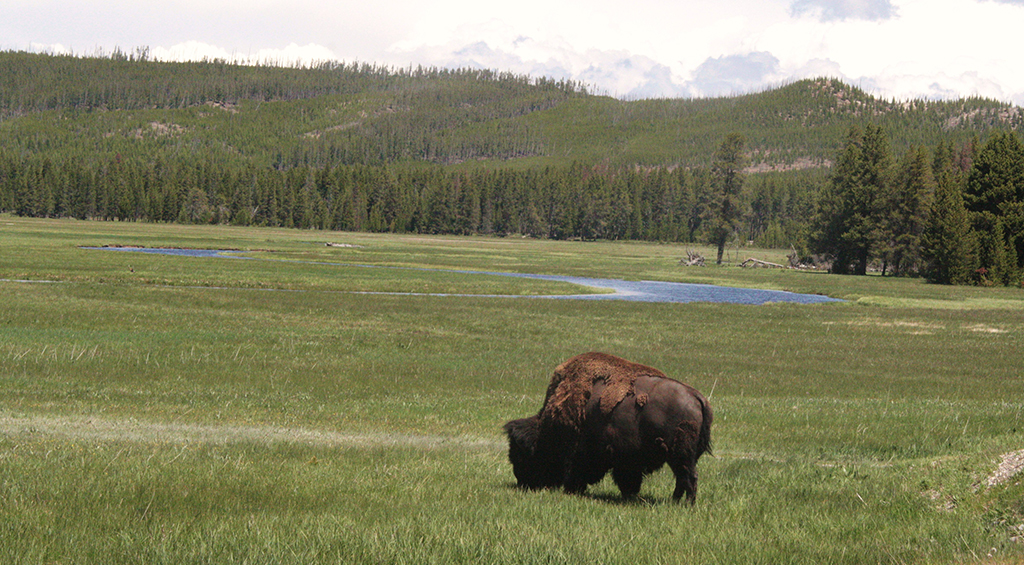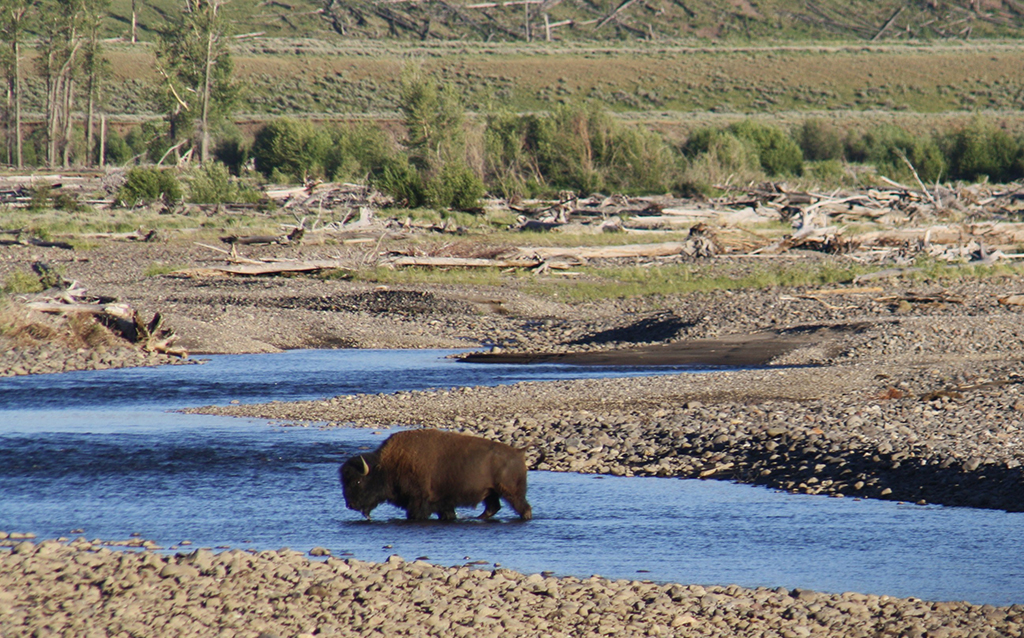You don’t have to be a professional photographer with thousands of dollars worth of equipment to take great photos. No matter which type of camera you are using and which animals you are trying to capture, a little practice and a lot of patience will go a long way toward polishing your skill. Here are some great wildlife photography tips to help you get started.
COMPOSITION
Composition is key to any type of photography. In wildlife photography a photo with good composition can make all the difference.
What is composition? Composition in photography is combining distinct objects and elements in a frame that guides the viewer’s eyes to focus on those important elements. Taking photos with great composition starts with understanding and following the rule of thirds.
Take a look at the foreground and background of potential shots. Try to crop roads, telephone poles, and other man-made structures out of a frame to create great composition.
Learn more about photo composition here.

LIGHTING
Unless you are going for a washed out look with lots of shadows, shoot with the light at your back. The best time to shoot wildlife is in the early morning or late afternoon hours when sunlight casts a warm glow and is a bit more subtle. Animals are more active during these times as well.

DISTANCE
Keep a safe distance from the animals you are trying to capture. The best shots are the ones where the animals seem at ease in their environment. If you are blocking their path or making them uncomfortable, you are too close. If you plan to go on a Yellowstone National Park Tour it is required that you stay at least 100 yards from bear, wolves, and other predators, and 25 yards from all other animals.
While not essential, a good telephoto lens will allow you to maintain your distance from wildlife while still capturing great close-up shots. A 300mm lens is a good place to start.

MANUAL FOCUS
Don’t rely on auto focus when trying for that perfect shot. Even a small obstruction in front of the subject can move the focal point and ruin your photo. Practice using manual focus from various distances to help you dial in on your subject.
As you can see in the photo below the focus is dialed in perfectly on the subject in the foreground, while the background remains blurred creating a beautiful effect.

SHOOT OFTEN
Now that expensive film is a thing of the past for most of us, there’s no reason to be inhibited. A full day of shooting may yield only a few keepers, so fire away!
The art of great wildlife photography is part luck, but mostly it revolves around your own patience in the field and practice with a camera. If you enjoy photography and the natural world, you are more than ready to start capturing it.
BrushBuck offers a variety of wildlife tours that are perfect for both the amateur and professional photographer looking to capture breath taking photos of wildlife.
If your interested in learning more about our tour options and availability submit an interest form or call us directly at (307) 699-2999